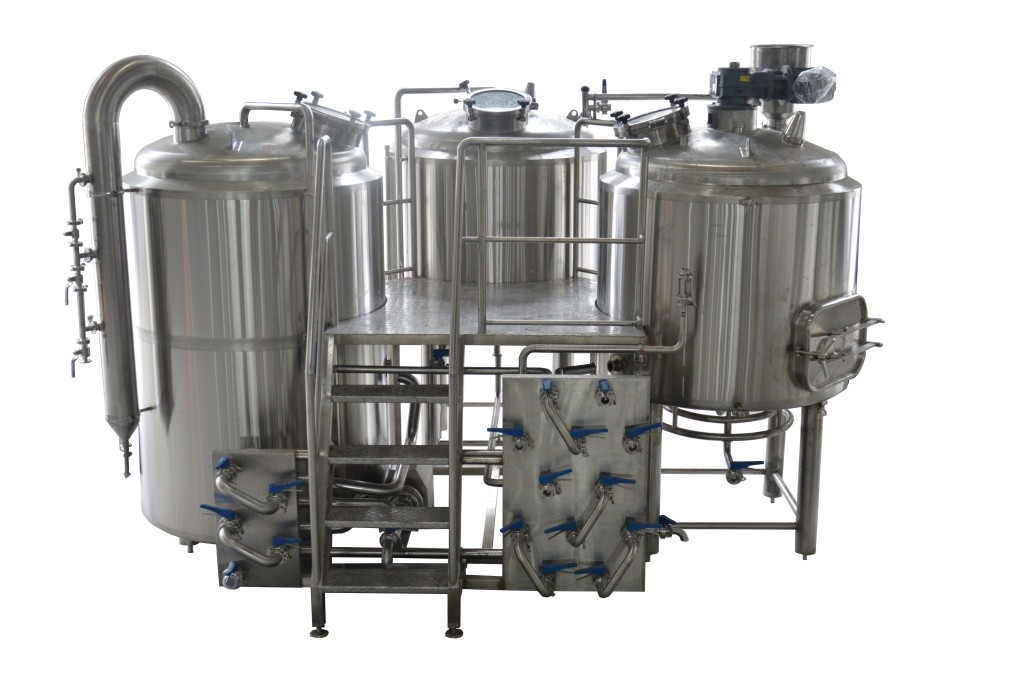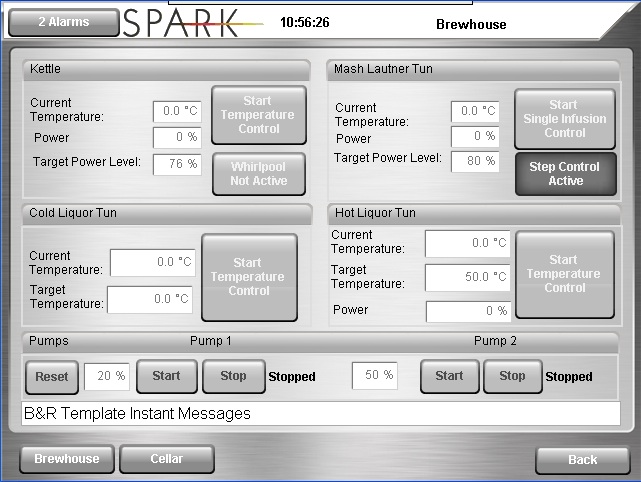
Breakthrough finance for brewery startups
 Commercialism is not as sexy as some of the other topics surrounding our industry, but it is probably more important. Brewing skill, distinctive branding and marketing and sales only become sustainably profitable by the application of sound business principals.
Commercialism is not as sexy as some of the other topics surrounding our industry, but it is probably more important. Brewing skill, distinctive branding and marketing and sales only become sustainably profitable by the application of sound business principals.
In this second of three articles, Spark Brew Engineering in Melbourne considers brewing business strategy and identifies some savvy aspects of Spark’s brewery equipment finance packages.
There are two basic professional brewing business models – distributing (high volume, low margin) and brew on premise (high margin, low volume). Conservative price points for small scale brewing are listed below. Note that while these figures allow a basic assessment of Gross Profit with different brewing business models, they do not include rent, labour or other fixed costs which vary wildly from case to case.
- Cost of brewing beer: $1.50 per litre with excise (in brite tank ready to serve).
- Cost of packaged beer: $2 per litre (in keg or bottle).
- Wholesale price to retail venues: $5 per litre ($250 a keg).
- Retail price at the bar: $20 per litre ($10 a pint).
- Gross profit per keg for a distributing brewery is $150.
- Gross profit per keg for brewing venue serving from tanks is $925.
Spark offers equipment finance for its breweries, which is hugely beneficial for startup cashflow management. Consider the example of a complete 12hL system costing $260,000. A typical finance arrangement would involve a $26,000 deposit, then 4 years of monthly payments (which may be tax deductible) starting 5 months after the deposit is placed. This arrangement allows time for the fabrication and installation of the brewery, so that beer is flowing before repayments start. As well as being tax effective, this can conserve capital for use in marketing and sales which are key to strong growth.
The price point and profit figures above show how strong the brewpub business model is and how important a “cellar door” for retail sales at a brewery are in its early days. In the case of our Spark 12hL $260,000 brewery:
- By selling 3 kegs a week at cellar door, you can pay for your brewery in 2 years, after which the $925 profit per keg will yield an annual gross profit of $144,000 on those 3 kegs a week at cellar door alone.
- If you are a venue currently selling 15 kegs a week (and many sell many times that) and you install a brewery, the profit increase in moving from $5 a litre wholesale beer to $1.50 brewed in house will return you the cost of your brewery inside 2 years, after which you will be $130,000 per year more profitable. Most importantly, your venue will be clearly differentiated for long term strength.
A sound startup plan would target sales levels that cover the monthly fixed costs and finance costs of the business as fast as possible, through clear and focussed sales and marketing. We can help with this planning for success. If you are considering a brewing business, feel free to contact us to discuss detail. We’d love to hear your plan!
julian@sparkbrew.com
0468 363 405
www.sparkbrew.com
You can find more interviews and articles on our Facebook page.Contact us for a ‘how to’ info pack on technical, regulatory and business aspects of Australian professional brewing.
This post has been prepared and sponsored by Julian Sanders ofSpark Brew Engineering. Consistency and quality in small batch brewing is only possible with the best tools available. In Spark Brew Engineering we’ve brought our experience in large brewery design to bear on small systems to empower Australian craft brewers.
Disclaimer: You should take your own financial advice before relying on the calculations set out above. Full disclaimer here.
Read more:
Australian technology lifts quality, flavour of small batch beer





